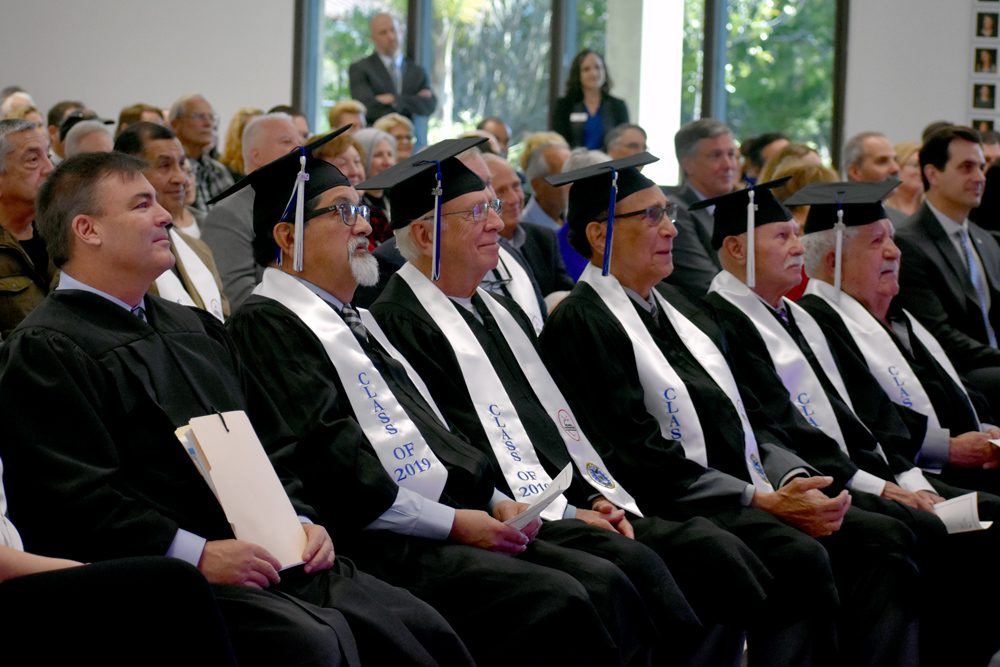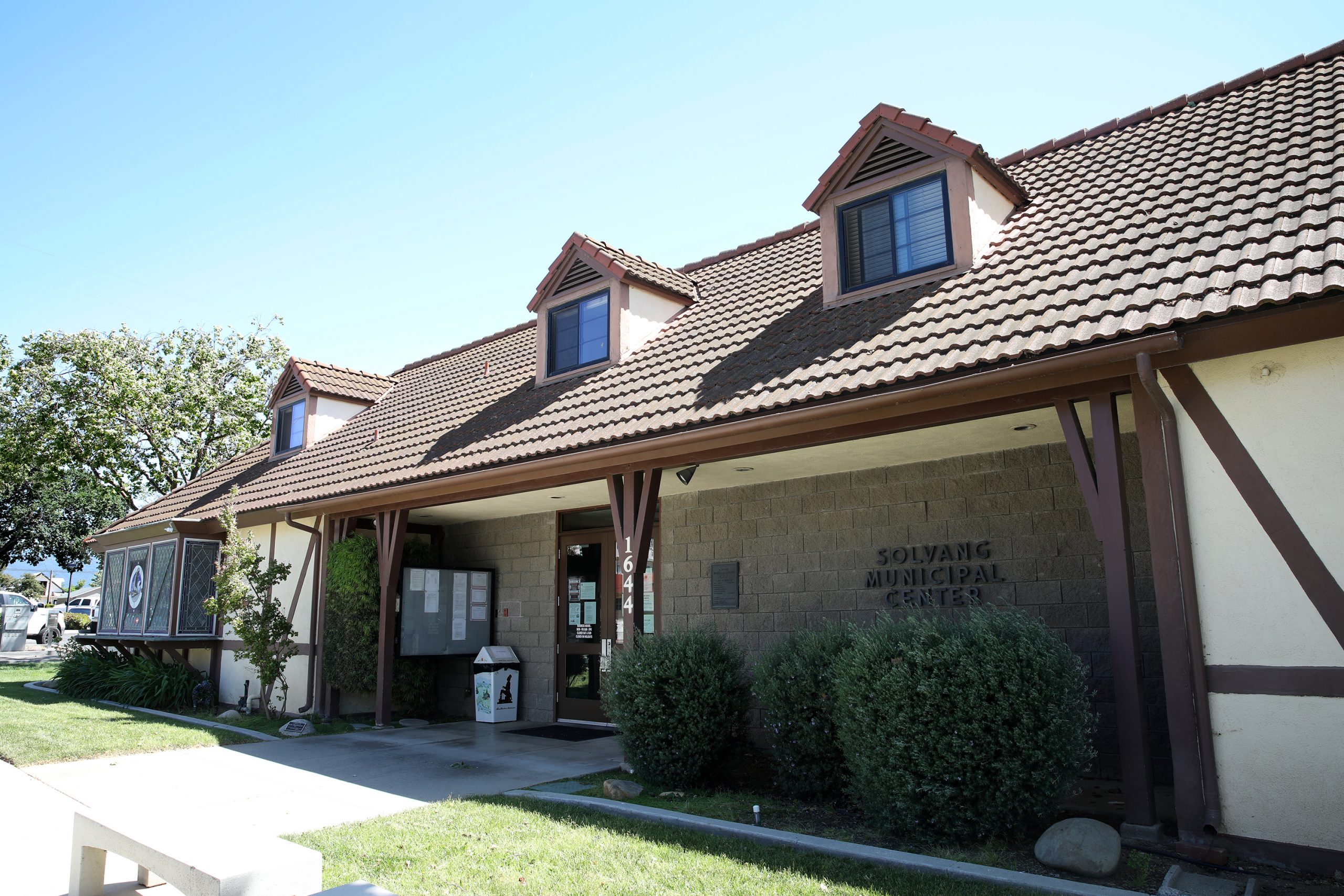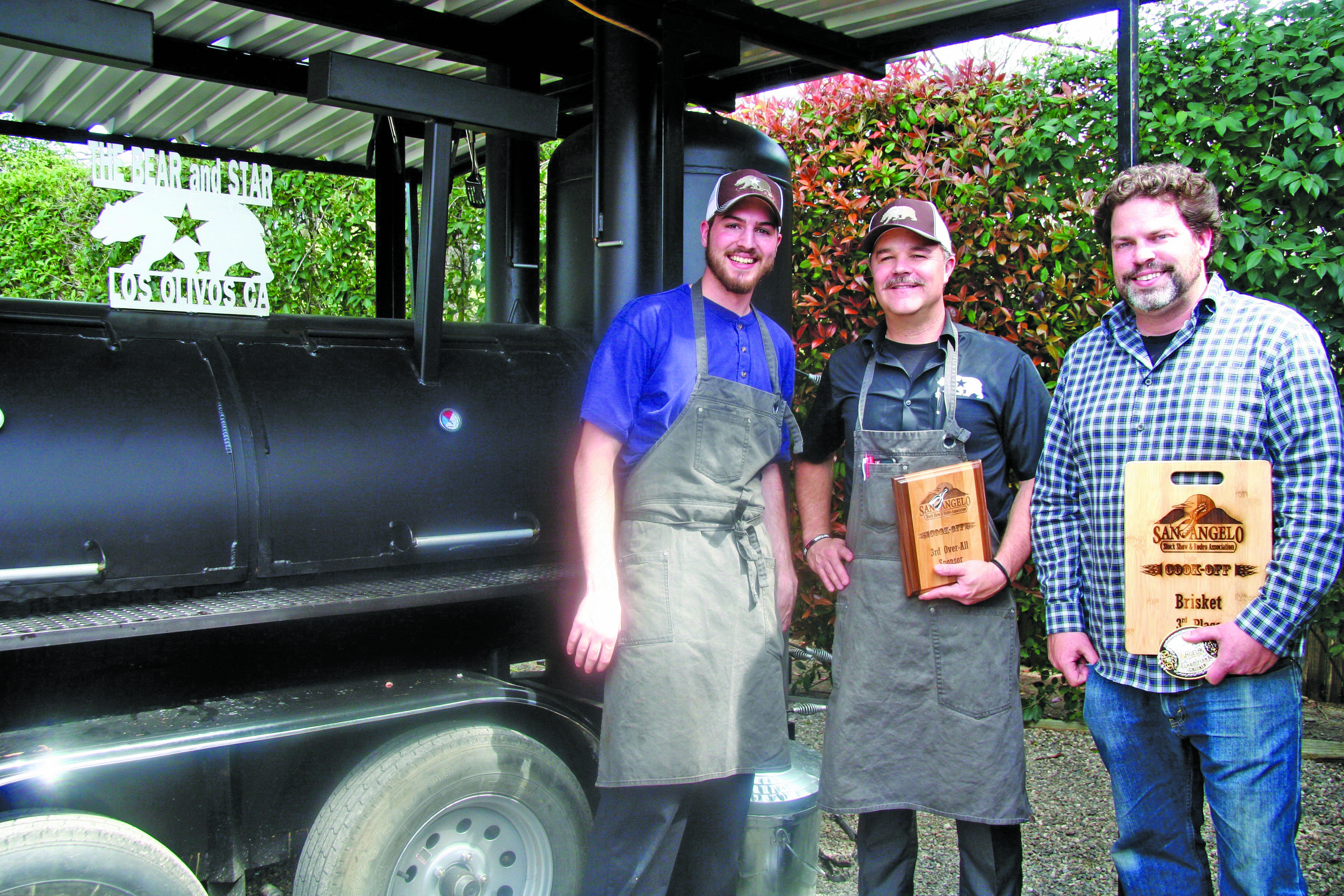By Victoria Martinez
Despite the wishes of Skytt Mesa residents and Solvang city officials, installation of a traffic light any time soon on Highway 246 at the subdivision’s entrance continues to seem unlikely.
Caltrans officials refuse to install a $270,000 traffic signal on the state highway until traffic counts are much higher, and they have indicated that a million-dollar roundabout may be more justified in any case.
With the fourth and final phase of housing still under construction on Skytt Mesa, the Solvang City Council in July signed an agreement with Coastal Community Builders (CCB) to provide $180,000 for mitigating the subdivision’s traffic impacts. That money would help pay for a traffic light, if one is approved.
The agreement calls for CCB to construct a traffic signal, if one is approved by Caltrans, or pay the $180,000 to the city for other traffic mitigation projects.
The city initially required the developer to install the traffic signal, but with delays in the Caltrans discussion, the city accepted the payment agreement instead.
Caltrans has consistently denied requests for the traffic signal installation until traffic counts are higher, and they have pushed the idea of a roundabout instead.
Without a traffic light, entering Highway 246 from the neighborhood’s lower entrance is difficult — particularly for drivers making a left turn toward Solvang. Instead, many drivers use an upper access to Chalk Hill and Atterdag roads.
At the council meeting on July 10, Councilwoman Joan Jamieson voiced her frustration for the residents of Skytt Mesa, Chalk Hill, and others along Atterdag Road, who are all affected by the lack of a traffic signal, and who may not realize that the signal may never be installed.
“I think that’s most unfortunate, because we’ve told them all along that that’s going to happen,” Jamieson said.
Mayor Jim Richardson pointed out that installing the signal requires that the amount of traffic meets Caltrans’ various “traffic warrants,” or vehicle counts.
Those “warrants” include eight-hour vehicle volume, four-hour vehicle volume, peak-hour volume, pedestrian volume, crash history, and other measurements.
When those were measured, “we weren’t really close,” said Matt van der Linden, the city’s public works director and city engineer. “One was really close, but generally you need to meet more than one of the nine warrants in order for the study to carry weight with Caltrans.”
Van der Linden suggested the City Council and city employees meet with Caltrans and make an appeal for the traffic signal if the warrants are still not met after Phase 4 is completed and more people have moved into the subdivision.






